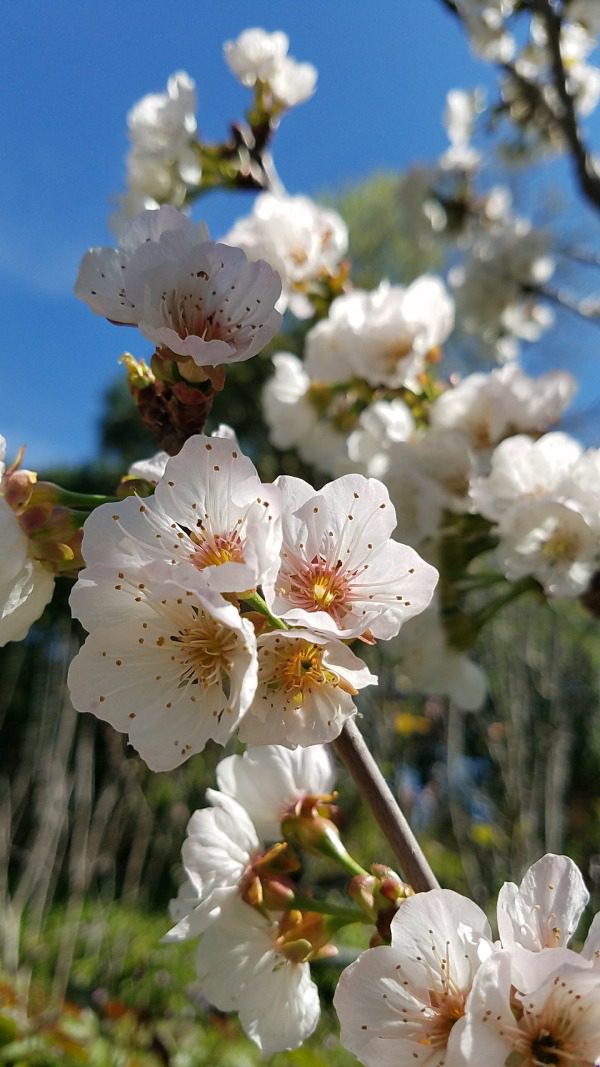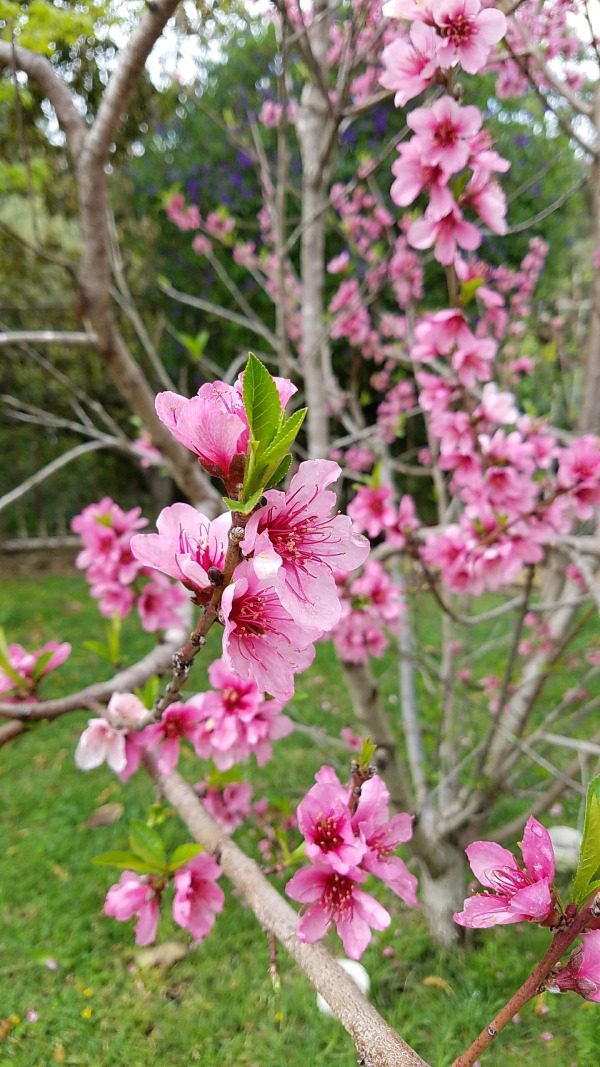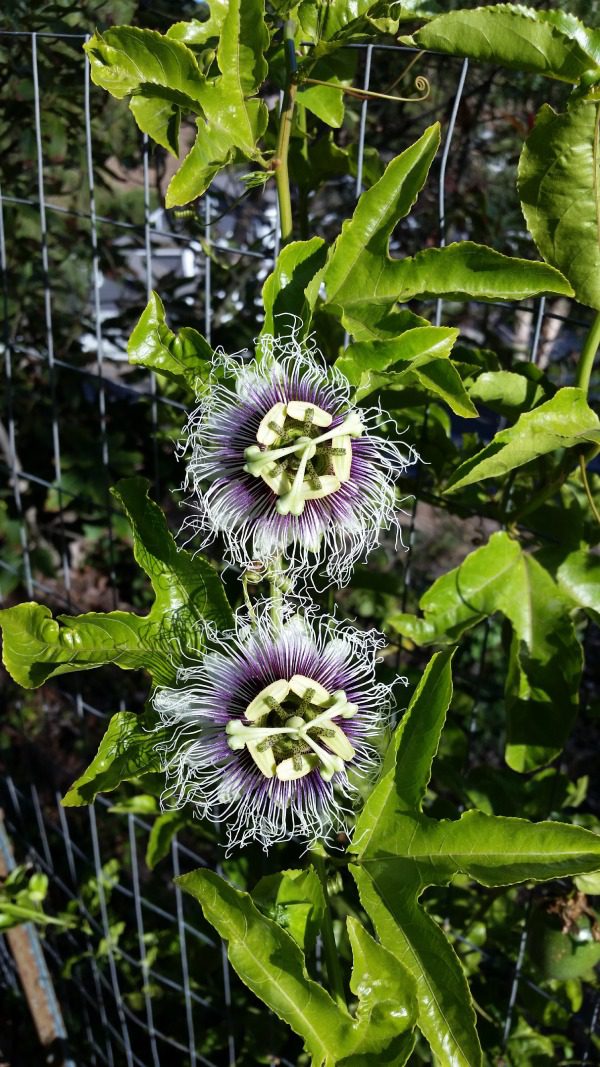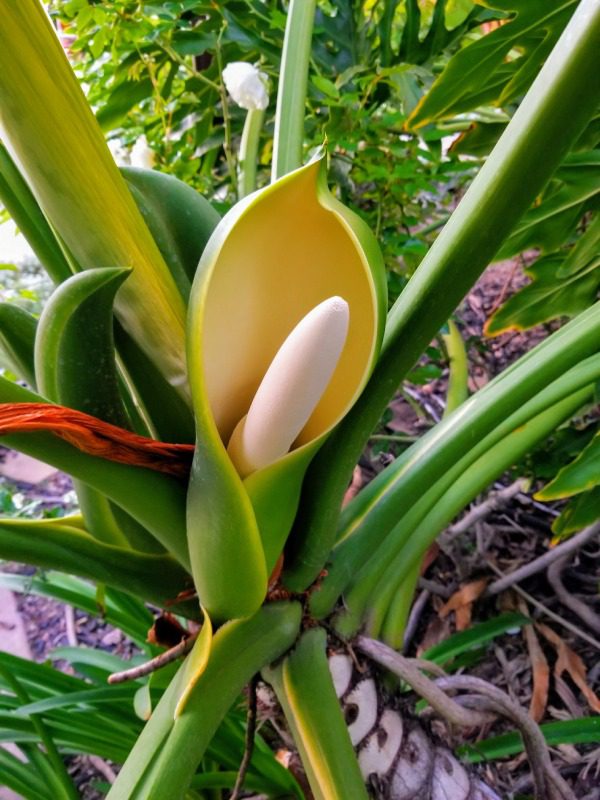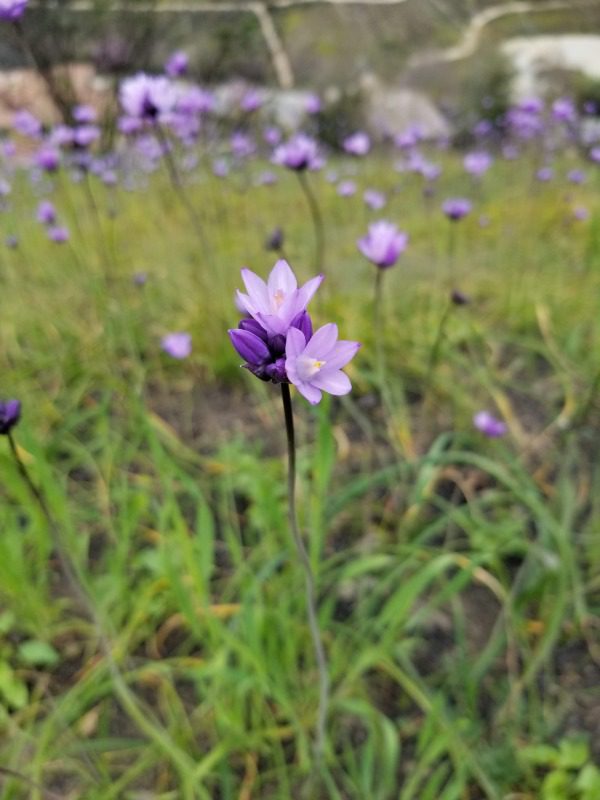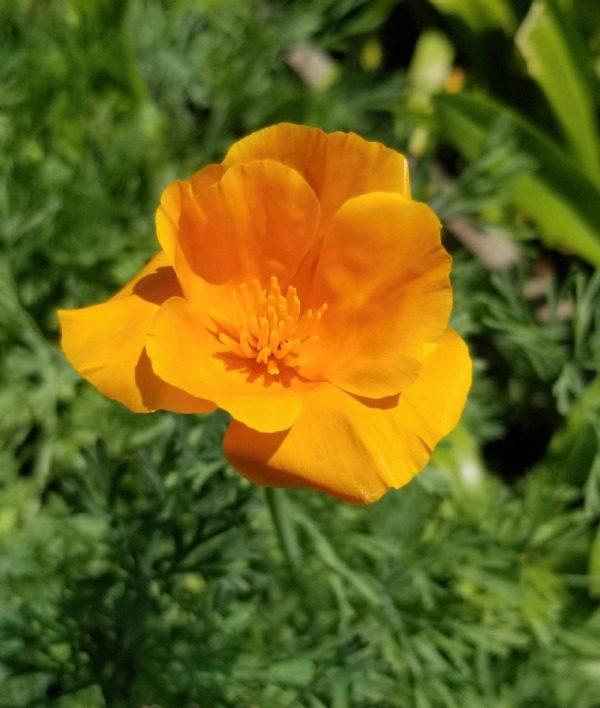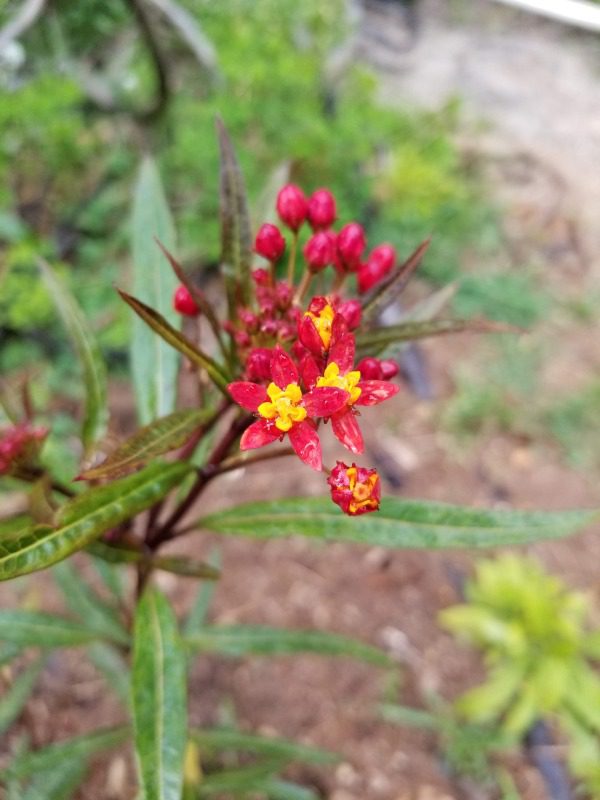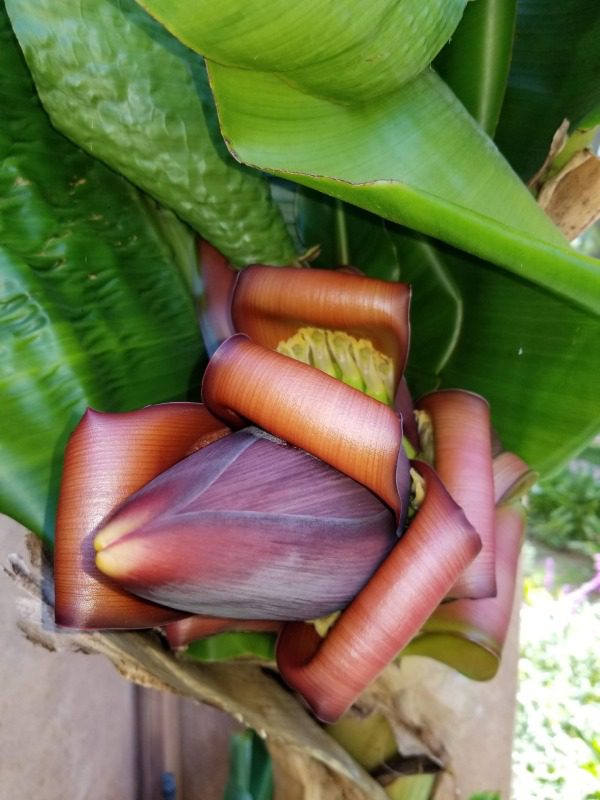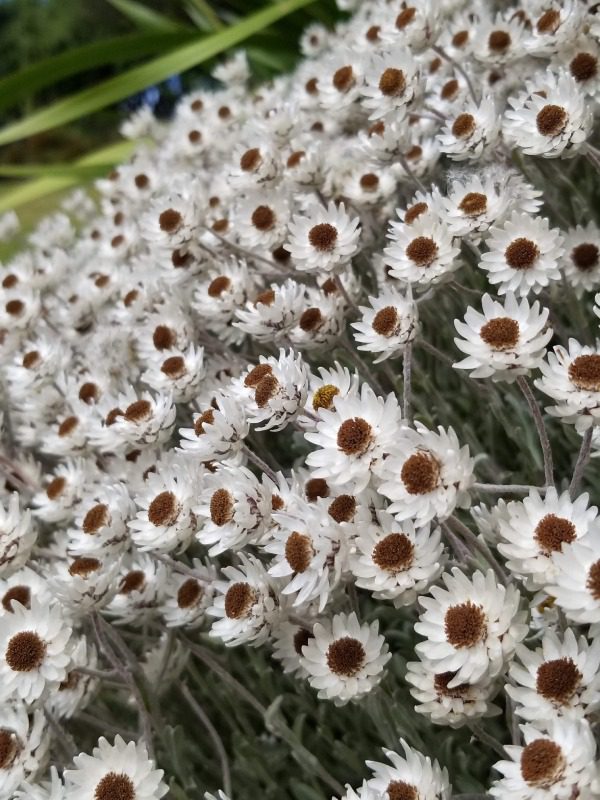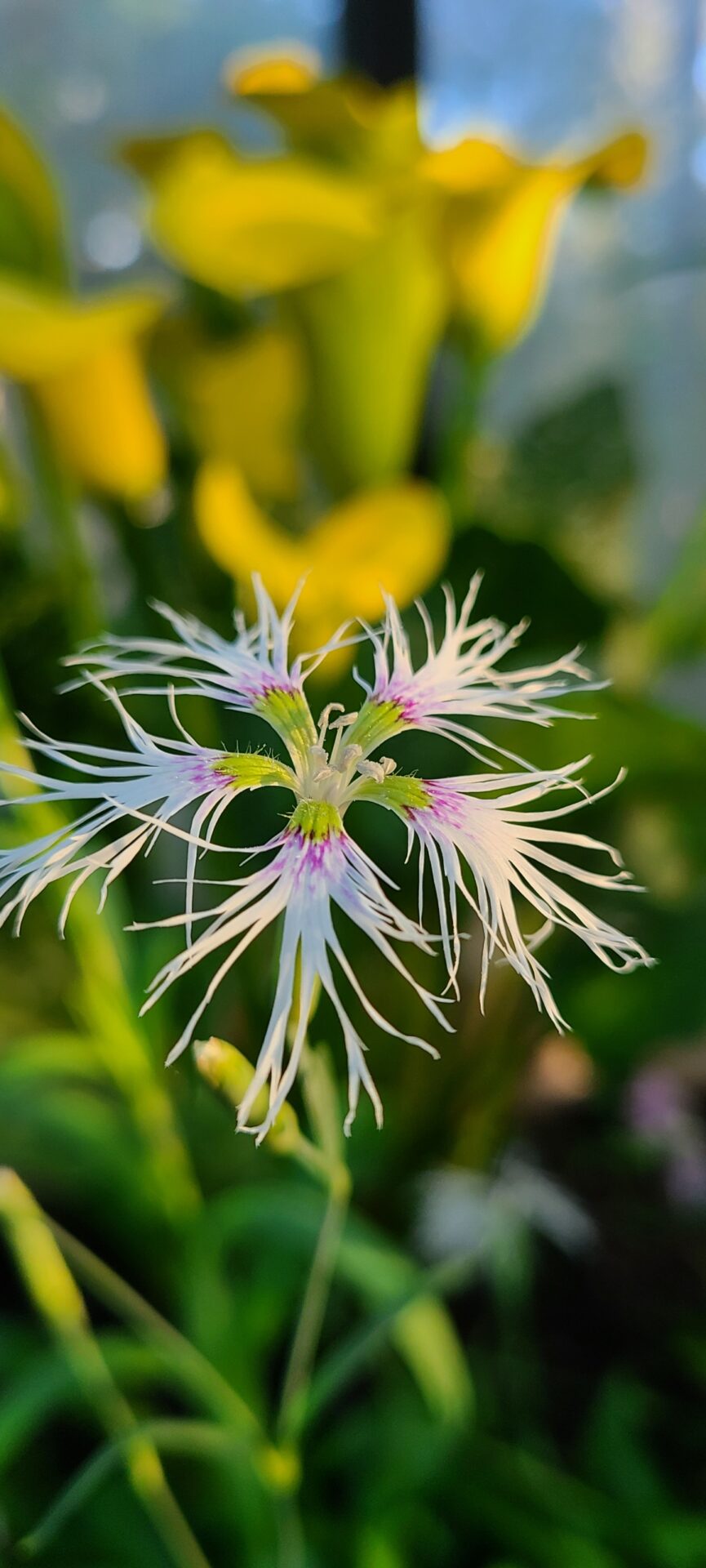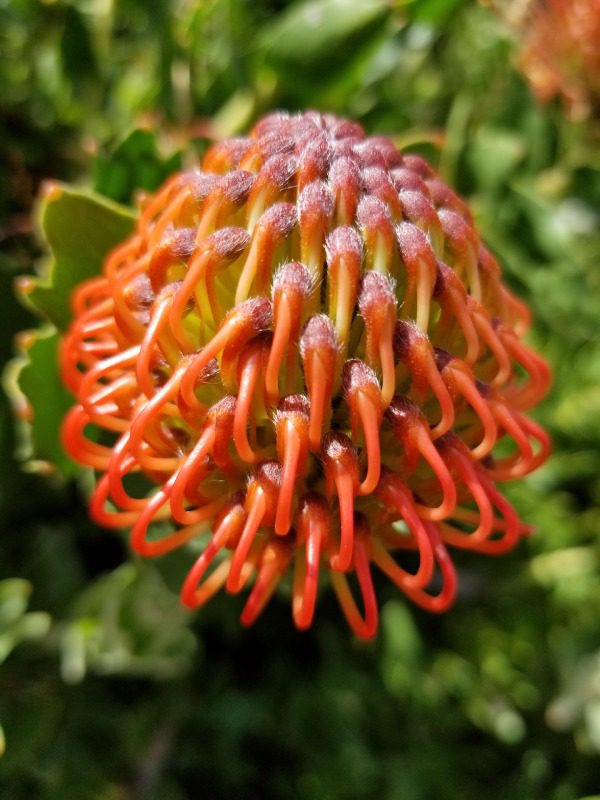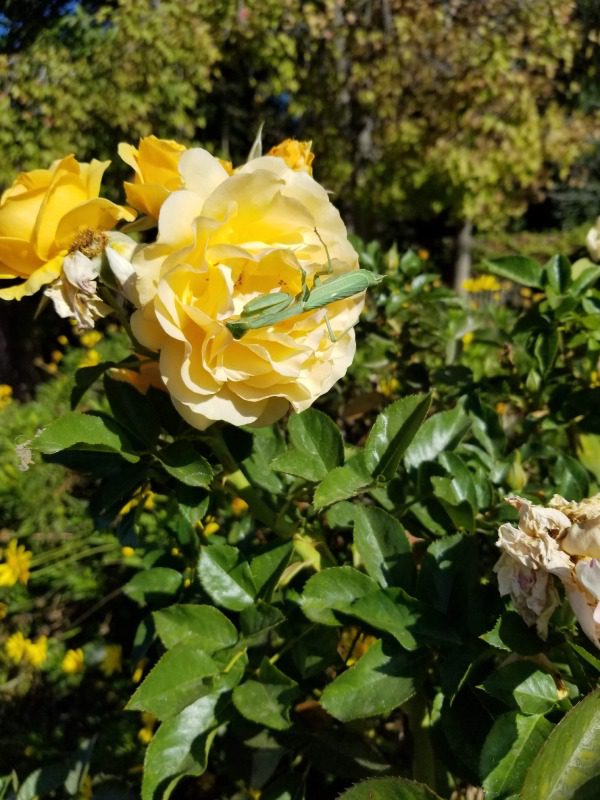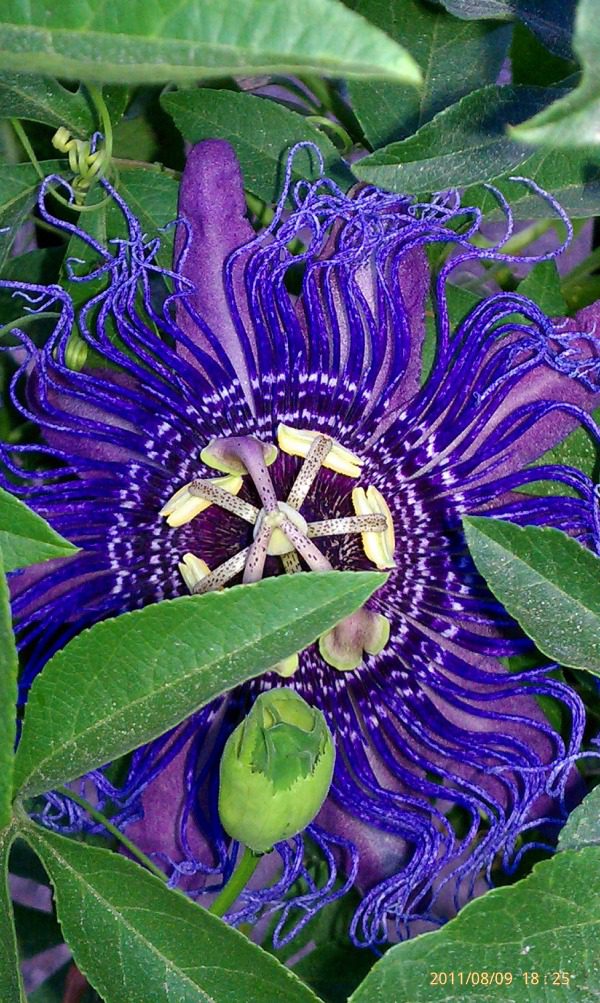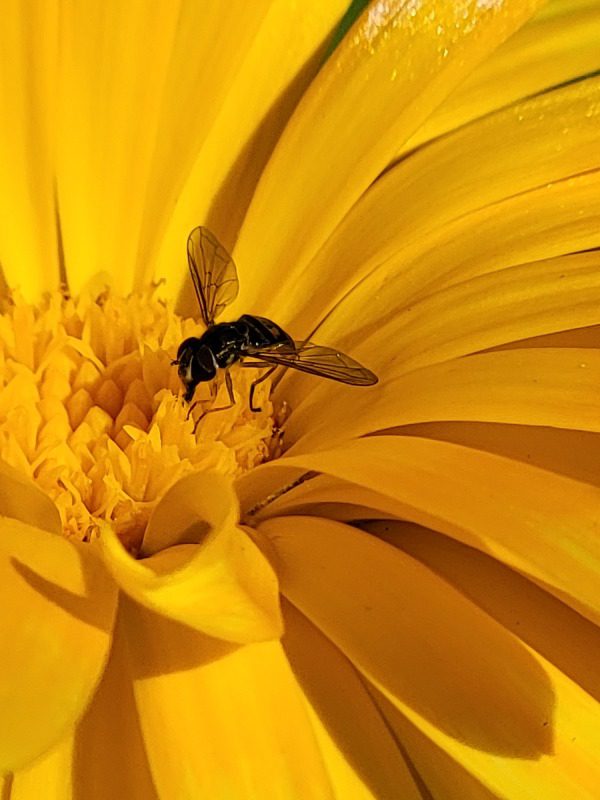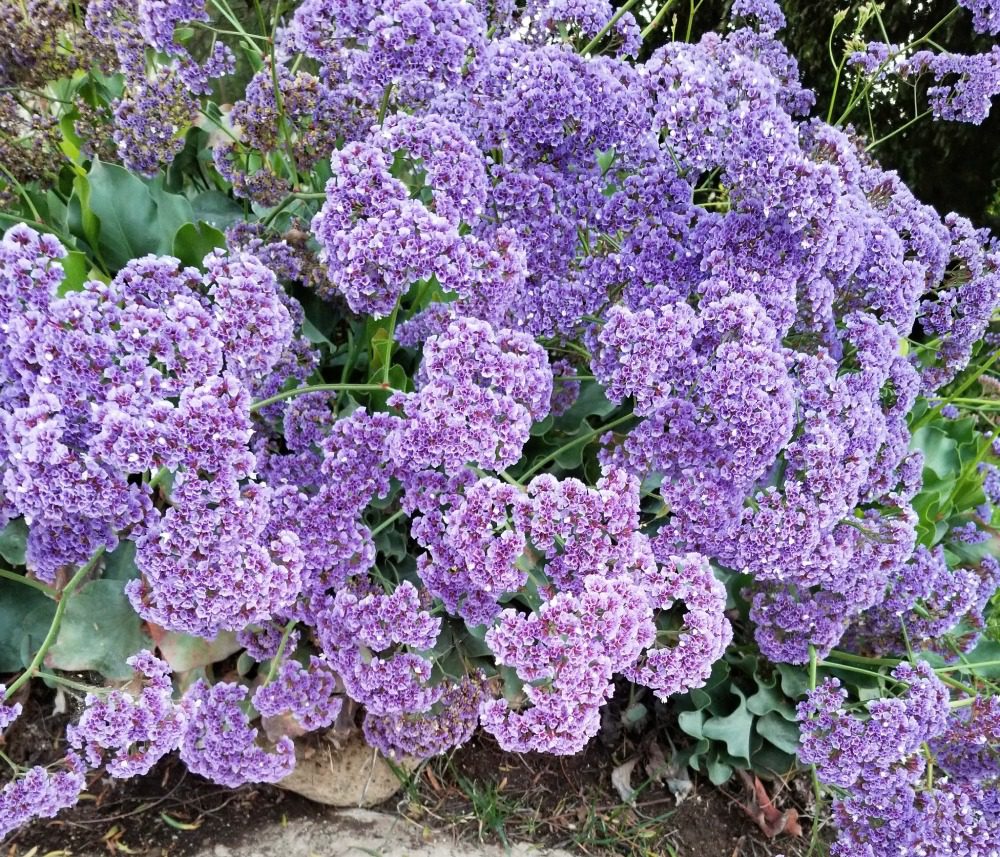Plants & Pollinators
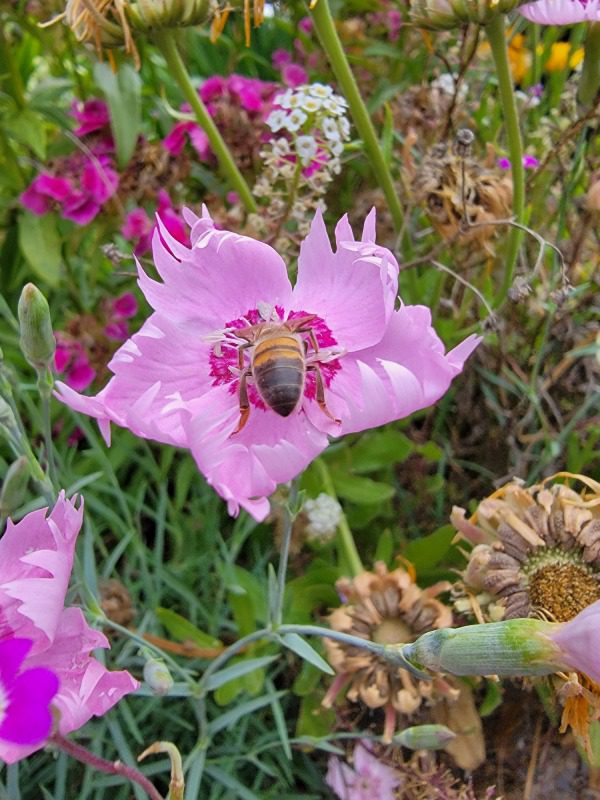
Pollinators need you You need pollinators.
Birds, bats, bees, butterflies, beetles, and other small mammals that pollinate plants are responsible for bringing us one out of every three bites of food. They also sustain our ecosystems and produce our natural resources by helping plants reproduce.
Pollinating animals travel from plant to plant carrying pollen on their bodies in a vital interaction that allows the transfer of genetic material critical to the reproductive system of most flowering plants – the very plants that
- Bring us countless fruits, vegetables, and nuts.
- ½ of the world’s oils, fibers, and raw materials.
- Prevent soil erosion.
- And increase carbon sequestration.
This nearly invisible ecosystem service is a precious resource that requires attention and support - - and in disturbing evidence found around the globe, is increasingly in jeopardy. We urge you know how this system supports you, and how your actions can help support healthy and sustainable pollination.
When a pollen grain moves from the anther (male part) of a flower to the stigma (female part), pollination happens. This is the first step in a process that produces seeds, fruits, and the next generation of plants. This can happen through self-pollination, wind, and water pollination, or through the work of vectors that move pollen within the flower and from bloom to bloom.
Butterflies, Birds, bats, moths, flies, beetles, wasps, small mammals, and most importantly, bees are pollinators. They visit flowers to drink nectar or feed off pollen and transport pollen grains as they move from spot to spot.
Somewhere between 75% and 95% of all flowering plants on the earth need help with pollination – they need pollinators. Pollinators provide pollination services to over 180,000 different plant species and more than 1200 crops. That means that 1 out of every three bites of food you eat is there because of pollinators. If we want to talk dollars and cents, pollinators add 217 billion dollars to the global economy, and honeybees alone are responsible for between 1.2 and 5.4 billion dollars in agricultural productivity in the United States. In addition to the food that we eat, pollinators support healthy ecosystems that clean the air, stabilize soils, protect from severe weather, and support other wildlife.
Fortunately, Ocean Park Estate and Gardens has compiled planting guides that helps you select the right plant for the right spot. Plant the right plants on highway rights of ways, farms, schools, home gardens, corporate landscapes and on public spaces. It matters for all of us.
Pollinator populations are changing. Many pollinator populations are in decline and this decline is attributed most severely to a loss in feeding and nesting habitats. Pollution, the misuse of chemicals, disease, and changes in climatic patterns are all contributing to shrinking and shifting pollinator populations. In some cases, there isn’t enough data to gauge a response, and this is even more worrisome.
Pollinators need help, but we know how to help them! Scientists and research partners that have been studying pollinators for over three decades have been able to show that conservation techniques work. If everyone – homeowners, local governments, national governments, and private industry – made the effort we could change the future for pollinators and secure our own.
Adding natural habitat areas into farm systems works. Farms that are closer to natural habitat produce more crop yield because they attract more pollinators. Adding habitat to farms systems works too – farms that have turned a portion of their fields into green space have gained back more overall yield. Homeowners can help too! Home gardens can and do attract pollinators, and in many cases suburbs and cities have been shown to have more diverse pollinator communities than nearby wildlands. Pollinators don’t seem to be phased by city life, as long as there are plots and patches of flowers they will be visited. Pollinator gardening near community gardens also increases urban agricultural yields. If you build it, they will come and help you grow bigger and better crops too!
DON'T STOP THERE!
- Spread the word about the importance of pollinators.
- Support Farmers and Beekeepers by buying local honey and locally produced organic foods.
- Donate to support our research, the more we learn the more we can help.
- Become a member of Ocean Park Estate and Gardens.
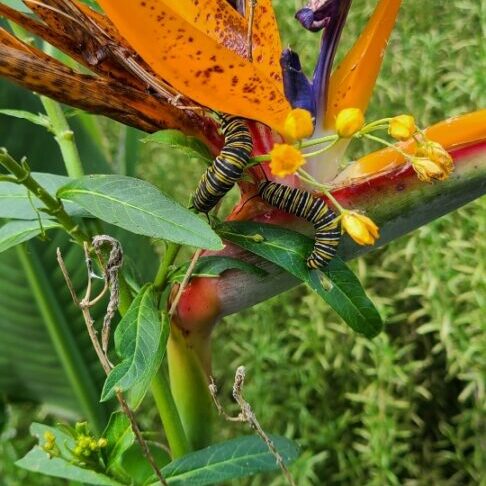
The Supporting Science
- Ollerton J, Winfree R, and Tarrant S (2011) How many flowering plants are pollinated by animals? Oikos 120:321-326.
- Klein AM., Vaissiere B, Cane JH, Steffan-Dewenter I, Cunningham SA, Kremen C (2007) Importance of crop pollinators in changing landscapes for world crops. Proceedings of the Royal Society B: Biological Sciences 274: 303–313;
- Buchmann S, Nabhan GP (1996) The Forgotten Pollinators. Island Press, New York.
- Gallai N, Salles JM, Settele J, Vaissiere BE (2009) Economic valuation of the vulnerability of world agriculture confronted with pollinator decline. Ecological Economics 68:810–821
- Losey JE, Vaughan M (2006) The economic value of ecological services provided by Insects. Bioscience 56: 311–323.
- Southwick EE, Southwick L (1999) Estimating the Economic Value of Honey Bees (Hymenoptera: Apidae) as Agricultural Pollinators in the United States. Journal of Economic Entomology 85:(3):13
- Costanza R, d'Arge R, de Groot R, Faber S, Grasso M, Hannon B, Limburg K, Naeem S, O'Neill RV, Paruelo J, Raskin RG, Sutton P, and van den Belt M. 1997. The value of the world's ecosystem services and natural capital. Nature 387:254-260.
- National Research Council of the National Academies (2006) Status of Pollinators in North America. National Academy Press, Washington, DC.
- Kremen C, Williams NM, Thorp RW (2002) Crop pollination from native bees at risk from agricultural intensification.Proc. Natl Acad. Sci. USA. 99:16812–16816.
- Klein AM., Vaissiere B, Cane JH, Steffan-Dewenter I, Cunningham SA, Kremen C (2007) Importance of crop pollinators in changing landscapes for world crops. Proceedings of the Royal Society B: Biological Sciences 274: 303–313.
- Morandin L, Winston ML (2005) Pollinators provide economic incentive to preserve natural land in agroecosystems.Agriculture, Ecosystems & Environment 116(3–4):289–292
- Matteson KC, Ascher JS, Langellotto GA (2008) Bee richness and abundance in New York City urban gardens. Annual Reviews of the Entomological Society of America 101:140–150
- Winfree R, Griswold T, Kremen C (2007) Effect of human disturbance on bee communities in a forested ecosystem.Conservation Biology 21:213–223
- Cane J, Minckley R, Kervin L, Roulston T, Williams N (2006) Complex responses within a desert bee guild (hymenoptera: apiformes) to urban habitat fragmentation. Ecological Applications 16:632–644
- Wojcik VA, McBride JR (2011) Common factors influence bee foraging in urban and wildland landscapes. Urban Ecosystems, DOI 10.1007/s11252-011-0211-6.
- Wojcik, VA (2011) Resource abundance and distribution drive bee visitation within developing tropical urban landscapes. Journal of Pollination Ecology. 4(7): 48-56, http://www.pollinationecology.org/articles/jpe_2011_vol_4_48.pdf
- Werrell PA, Langellotto GA, Morath SU, Matteson KC (2009) The Influence of Garden Size and Floral Cover on Pollen Deposition in Urban Community Gardens. Cities and the Environment. 2 (1) http://digitalcommons.lmu.edu/cate/vol2/iss1/6/
- Frankie GW, Thorp RW, Schindler M, Hernandez JL, Ertter B, Rizzardi M (2005) Ecological patterns of bees and their host ornamental flowers in two northern California cities. Journal of the Kansas Entomological Society 78:227–246;
- Frankie GW, Thorp RW, Hernandez JL, Rizzardi M, Ertter B, Pawelek JC, Witt SL, Schindler M, Coville R, Wojcik VA (2009) Native bees are a rich natural resource in urban California gardens. California Agriculture 63:113–120
